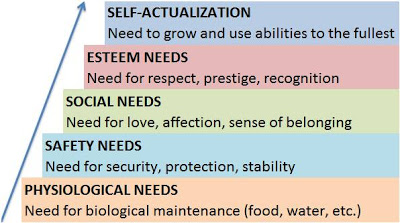I got the following question from one of the candidates in my PMP training programme. The question relates to "Conflict Resolution Techniques" from Project Human Resources Management. Let us see the question below & our conversation/ discussion regarding the answer:
The Question
Choose from the following combinations, the combination that shows the most preferred and the least preferred conflict resolution techniqes:
(A) Smoothing, Withdrawal
(B) Problem Solving, Withdrawal
(C) Confrontation, Forcing
(D) Compromising, Forcing
(A) Smoothing, Withdrawal
(B) Problem Solving, Withdrawal
(C) Confrontation, Forcing
(D) Compromising, Forcing
You may also be interested in:
Discussion on the Answer
PMP Aspirant: "Manick, I chose answer (C). But, the correct choice seems to be (B). As per PMI, least preferred is forcing right? I don't understand. Can you please explain?"
PMP Aspirant: "Ya I agree ..but during our class I remember u saying generally withdrawal is least preferred but as per PMI forcing is the last option...so the confusion:("
Is that clear to you? Are you with me? You can share your opinion or comments for further discussion on this issue.



